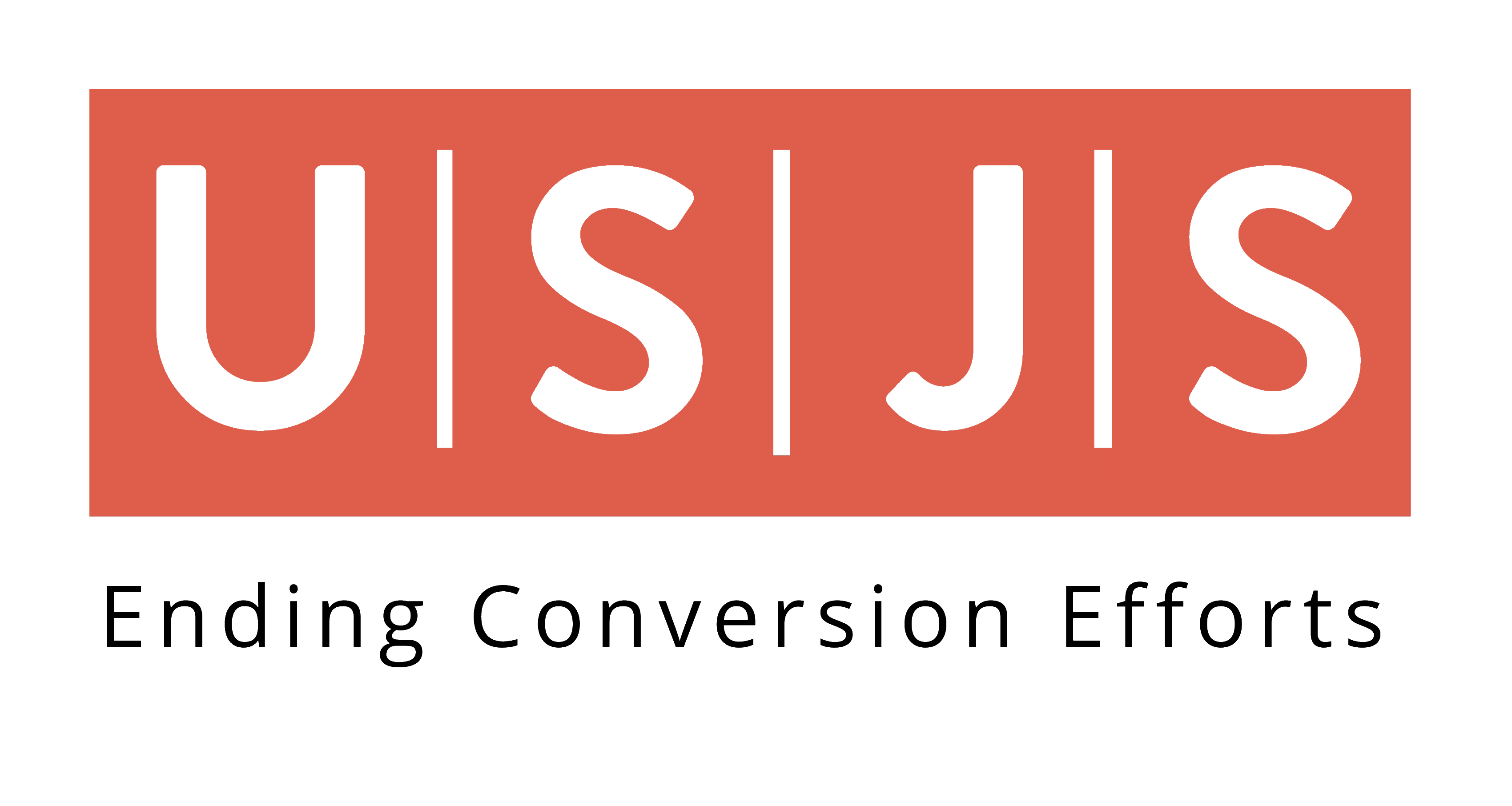(1) Sexual and gender minority (SGM) populations include, but are not limited to, individuals who identify as lesbian, gay, bisexual, asexual, transgender, gender-fluid, two-spirit, queer, and/or intersex. Individuals with same-sex or same-gender attractions or behaviors and those with a difference in sex development are also included. These populations also encompass those who do not self-identify with one of these terms but whose sexual orientation, gender identity or expression, or reproductive development is characterized by non-binary constructs of sexual orientation, gender, and/or sex.
(2) Mustanski, B. (June 30, 2020). What will it take to create health equity for sexual and gender minority young people? Retreived from https://dpcpsi.nih.gov/sgmro/scientific-webinar-series
(3) “The Harris Poll/GLAAD (2018). Accelerating Acceptance 2018; Executive Summary. Retrieved from https://www.glaad.org/publications/accelerating-acceptance-2018
(4) “Conversion therapy” is not accurate terminology because there is no single method that captures the processes associated with conversion efforts. The scientific terminology recently coined is Sexual Orientation Change Efforts (SOCE) or Gender Identity Change Efforts (GICE). These terms are not as widely used as “conversion therapy,” which seems to be the prefered term used by the media, hence our use of it under quotation marks.
(5) “Williams Institute (2019). Conversion Therapy and LGBT Youth: Update. Retrieved from https://williamsinstitute.law.ucla.edu/wp-content/uploads/Conversion-Therapy-Update-Jun-2019.pdf
